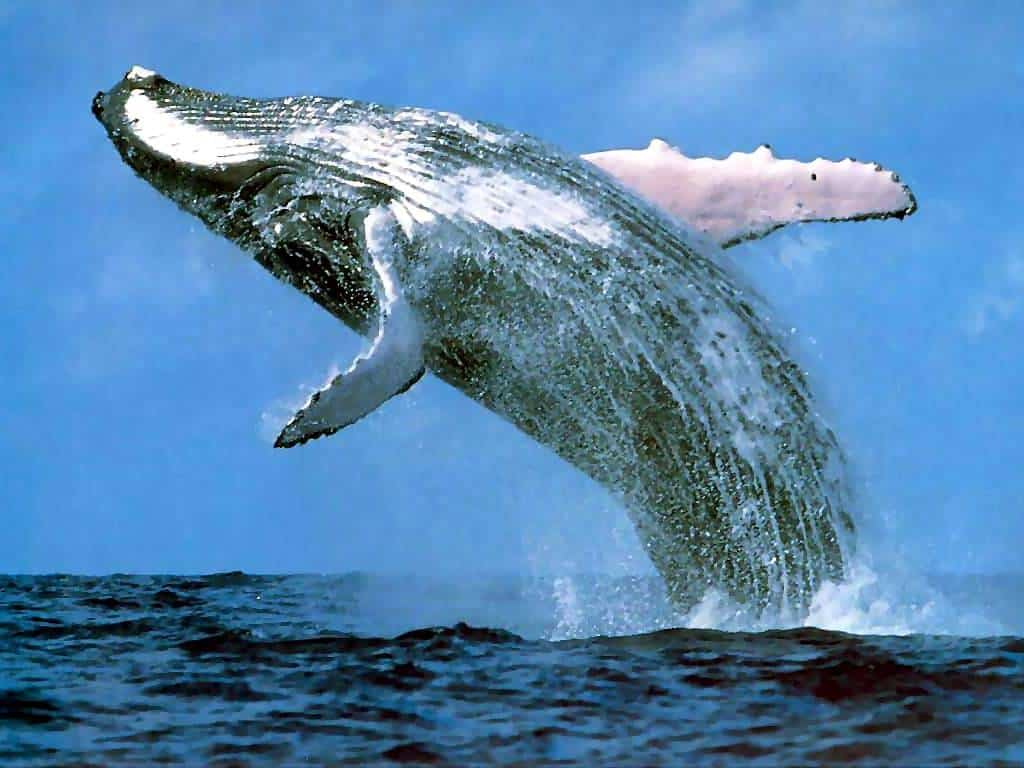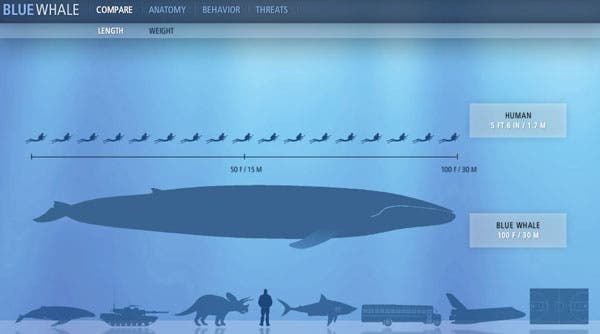
We often report how many species around the world are becoming extinct, but it’s heart warming to report from time to time that some conservation efforts really do work. For instance, a new report found that Blue whales (Balaenoptera musculus), the largest animals on Earth, have steadily increased in population around the Californian waters to the point it’s almost as high as it was in the early 1900s.
Whales are back
Blue whales are the largest mammals ever known to have existed. During feeding season, individuals may consume as much as 4 tonnes of krill each day. Blue whales are also famous for their signature vocalizations that can travel for thousands of miles underwater, making it the deepest voice of any animal. For centuries the blue whale was safe from exploitation because of its sheer size and speed. However, the species was driven to the brink of extinction following the development of modern whaling techniques.
[ALSO SEE] Blue whales singing lower every year, baffled scientists say
Around California, at least, blue whales are covering according to a study published in the journal Marine Mammal Science. Researchers modeled the number of California blue whales, which range from the equator to the Gulf of Alaska, that were killed between 1905 and 1971. They found as few as 3400 whales were hunted, as opposed to the whooping 346,000 that were harpooned in Antarctic waters during the same time frame. This disproportion shows that the Antarctic waters are more suitable for harboring blue whales in great numbers.

The analysis suggests blue whale populations have recovered to levels comparable to the early 1900s, but at this stage the rate of growth will steadily decrease in the future. Despite conservation efforts, quite a few blue whale get killed every year around California water by oil tankers, cargo ships, and cruise lines. The researchers suggest that increased reports of whale becoming struck by ships can be viewed as a sign that indeed the population has increased and that the whales have simply reached the limits of their habitat. Another study estimates ship strike mitigation would have minimal impacts on population trends and status, and that current levels of ship strikes are likely above legal limits set by the U.S.






